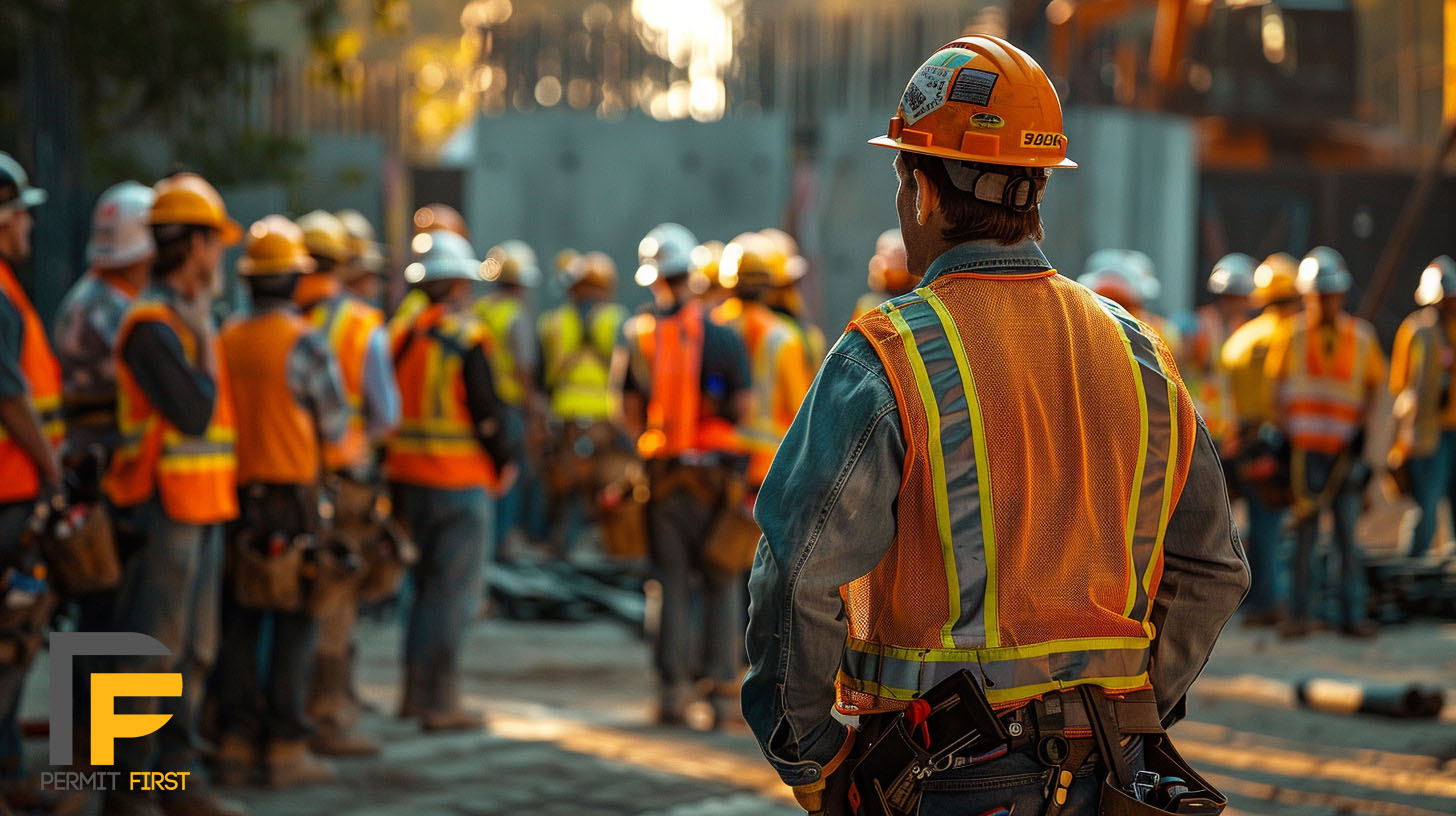- Empty cart.
- Continue Shopping
Building Safety: Essential Strategies for Construction Site Safety

Construction sites are dynamic environments filled with potential hazards. Ensuring the safety of workers is not just a regulatory requirement but a moral and financial imperative for construction companies. In this post, we delve into key strategies to enhance safety and mitigate risks on construction sites.
1. Comprehensive Training
Safety starts with knowledge. It’s crucial for all site workers to undergo thorough safety training, including the correct use of equipment, understanding of safety signs, and emergency procedures. Regular training updates and drills can reinforce safe practices and prepare the team for unexpected situations.
2. Use of Personal Protective Equipment (PPE)
PPE is the last line of defense against workplace hazards. Ensuring that all workers wear appropriate PPE, such as helmets, safety glasses, gloves, and boots, can drastically reduce the risk of injuries. Regular inspections and maintenance of PPE are also essential to ensure their effectiveness.
3. Implementation of Safety Technologies
Modern construction sites are beginning to leverage technology to enhance safety. From drones for site surveys to wearable devices that monitor health stats and alert workers to hazards, technology can offer an additional layer of protection.
4. Regular Site Inspections
Frequent inspections are vital to identify and rectify potential safety hazards on the construction site. These should be carried out by qualified safety professionals who can spot risks and enforce compliance with safety standards.
5. Clear Communication
Effective communication is essential for maintaining safety in construction. Regular safety meetings and clear, accessible posting of safety information help ensure that everyone is aware of the existing protocols and any changes to the safety plans.
6. Proper Permit Usage
For specific high-risk activities like welding, electrical work, and the use of heavy machinery, specialized safety permits are required. These permits ensure that only qualified personnel perform such tasks and that all necessary safety measures are in place.
7. Psychological Safety
Construction work can be high-pressure, and ensuring the mental well-being of workers is as important as physical safety. Providing support for mental health and fostering a culture where workers can speak up about safety concerns without fear of repercussions is crucial.
Conclusion
A commitment to safety can transform a construction site from a hazardous environment to a well-oiled machine where all team members can focus on their tasks without fear. By implementing these strategies, construction companies can not only comply with legal requirements but also protect their most valuable asset—their workers.
Remember, safety on a construction site is a continuous process of learning, practicing, and adapting. Stay safe and build responsibly!


